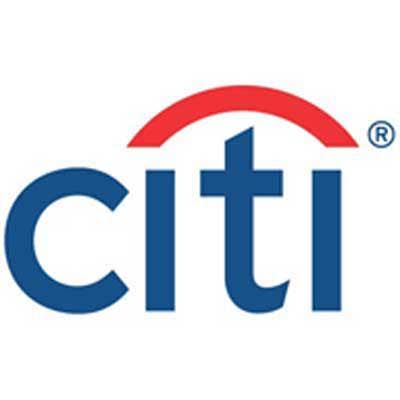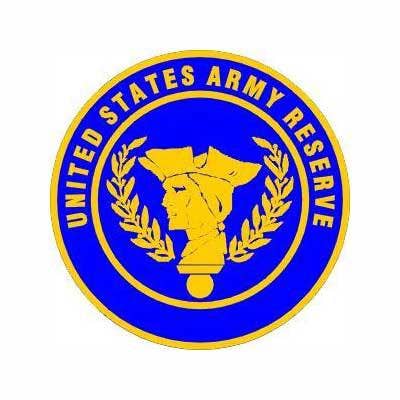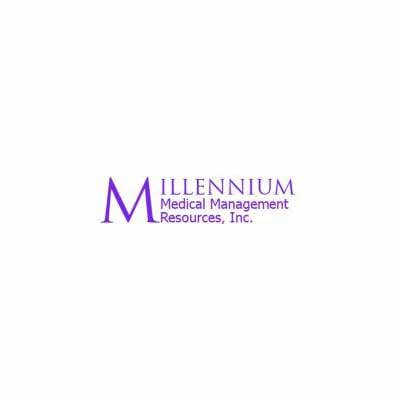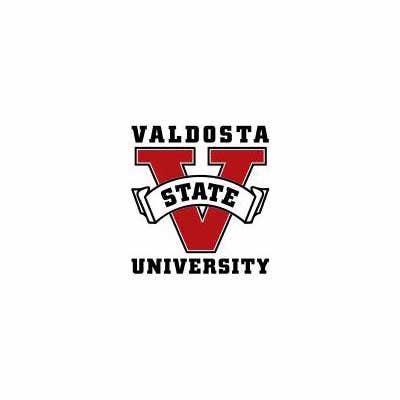10 Hot Topics For The Education Buying Season

Technology's role in the education market, from small K-12 districts to sprawling college campuses is, at least on the public-sector side of the coin, a matter of two opposing forces.
On the one hand, budgets, especially in public school districts, are in worse shape than ever. On the other hand, IT solution providers are seeing unprecedented levels of engagement by the education market -- superintendents, CIOs and lawmakers alike finally starting to realize the cost-savings and value of the 21st century classroom and campus. The American Recovery and Reinvestment Act (ARRA) alone promises $650 million for tech upgrades in education through Title II D, the Enhancing Education Through Technology Program; and that's part of some $100 billion in ARRA funds going to education overall.
As the 2009 education buying season is in full swing, we took a spin around the channel to round up the hottest topics, technologies and debates. This is definitely a market to watch this year and next.

The education technology conversation begins with money and budgets. These days, more than ever, technologies that save money go to the front of the line. That's why it's no big secret, VARs say, that virtualization solutions are in demand by the education sector.
"A lot of the technology is around things that can force cost savings," said Josh Roberts, senior sales manager for higher education at CDW-Government, a subsidiary of CDW and a solution provider for the education and government markets. "Virtualization is definitely one of those things. Projects with a specific ROI are the types of things that are going to get funded."
Many schools, K-12 and higher-education alike, need virtualization as part of a broader push to consolidate and make their servers run more economically. In that aspect, thin clients continue to gain traction, and vendors such as Wyse Technology -- and its partners like VMware, Microsoft and Citrix -- have been thrusting education projects with thin clients into the spotlight in the past year.

Mobile devices and wireless solutions continue to proliferate on campuses of all sizes in all areas. For example, two of the most well-known consumer mobile devices in the world -- Apple's iPhone and Amazon's Kindle e-reader -- have been in the news lately, precisely for how they fit into education settings. For example, the University of Missouri is requiring incoming journalism freshmen to carry an iPhone or iPod touch, and Amazon is brokering a deal with a number of textbook publishers and college campuses to carry their textbooks digitally on its new Kindle DX (pictured).
For solution providers, the wireless infrastructure needed to support these devices and enable their use among student and teacher populations remains critical.

Speaking of mobile devices, if there's one area of public-sector interest for VARs that may see a big netbook play, it's probably education. The limited storage and security functions of most netbooks leave them fairly unfeasible for large federal agencies or health-care organizations, but their manageable form factors and ease of use could mean the days of classroom paper-and-pencil are numbered.
Earlier this week, Dell unveiled its Latitude 2100 netbook, designed in every aspect for the student experience, from its companion Dell Mobile Computing Solution to restricting Web surfing during class time with a "tattletale light."

Interactive whiteboards are among the vanguard of education peripherals. Given the ability of VARs to bundle various types of software and services solutions, whiteboards are a prime solution-provider piece of the so-called interactive classroom market.
One of the big names in whiteboards remains Promethean, where Taylor Macdonald, vice president of channels, Americas, said the company is at the front of an industry that is "very young."
"In North America, we and our competitors have roughly 20 percent of the classrooms, which means that this is a market that has a tremendous amount of white space. What that means is fast growth, and that's something that a lot of us in ERP have missed since as far back as Y2K," said Macdonald in a March interview with Channelweb.com.
Promethean's ActivBoard interactive whiteboard and its attendant software packages have been good business for partners like GreenPages, which remains Promethean's exclusive New England solution provider, and CSI Technology Outfitters, which is the exclusive ActivBoard solution provider in the Carolinas.

Projectors geared toward education markets need to be functional and power-efficient. Newer units, such as NEC Display's NP500WS (pictured) and NP600S, are being touted for their ability to demonstrate power savings and blend in with the interactive classroom.
"The main feedback you hear typically in the education market is the fact that most people are going to whiteboards -- either interactive or on the wall to begin with," said Rich McPherson, NEC Display's product manager, in a February interview with Channelweb.com. "What typically happens in that application, with a normal front-projection system, is that it's either blocking some of the image with the shadow or, in some cases, the light coming from the projector is more or less in the presenter's eyes."

K-12 school systems and universities alike have been turning in droves to VARs to provide campus security solutions, from video surveillance, VoIP phones and campus monitoring to the latest in alarms, alerts and wireless e-911 capabilities.
Security means security of the network variety too -- it's never long, it seems, before another large university or educational institution is hacked, such as what happened earlier this month to the University of California at Berkeley and in November, to the University of Florida. Colleges and universities, especially, seem to need the savviest security VARs as often as banks and retail chains do.

Specialty vendors can create good opportunities for VARs with the types of products that might not fit everywhere, but in education and other classroom environments, thrive. Turning Technologies, for example, is seeing substantial growth in its audience-response technologies, which are used everywhere from classrooms to corporate boardrooms to "America's Funniest Home Videos."
Turning's TurningPoint AnyWhere (with its companion ResponseCard Anywhere, pictured) is a software add-on to Microsoft PowerPoint that allows presenters -- teachers, instructors, group leaders -- to poll audience response directly from PowerPoint presentations and see immediate results. Turning is also offering ResponseWare software for mobile devices, including the iPhone.

Another technology specialty for VARs that will definitely be affected by stimulus is legacy systems integration, which will be crucial to school districts using ARRA funds to modernize.
Westcon Group, which has created an online resource center for VARs seeking guidance and outreach for stimulus solutions in various public-sector verticals, advises solution providers to focus, in particular, on three legacy systems integration areas: service-oriented architecture (SOA), support of compliance mandates and consolidation of services. That last suggestion, said Ron Sheps, vertical markets manager at Westcon Group, includes software contracts, office automation tools, data centers, servers, storage and networks -- essentially, getting a school's existing infrastructure under control so that it may be updated and made more efficient.

Large campuses, especially, have helped education keep pace with health care and other verticals as magnets for state-of-the-art digital signage.
"Digital signage turned a corner in 2009 -- and education is on fire," said Tom Jones, a Technology Solutions Engineer at Ingram Micro, at Ingram's recent Partner Connections Summit in Hollywood, Fla. "Before, it was an [audio/visual] play and an A/V play only. But for VARs to package software and networking makes it part of a full solution. The economy is bad, but digital signage is not slowing down."
"Depending on the size of the campus, it's definitely a consideration," added CDW-G's Roberts. "With the layout and size of some universities especially, you're integrating to other things and creating daily displays besides mass notification."

It's all going back to green. The Energy Efficiency and Conservation Block Grant (EECBG) Program is receiving $3.2 billion in stimulus funds as appropriated by ARRA, and K-12 school districts can stand to benefit from those awards. They provide funds to state and local governments, Indian tribes and territories -- if they secure a Leadership in Energy and Environmental Design (LEED) rating from the U.S. Green Building Council. According to Westcon Group, more than 1,000 K-12 education construction projects had applied for LEED certification as of January.
Sounds nice, but what does that mean for VARs? Well, LEED-friendly construction, such as daylighting strategies and solar power systems, will require computer systems to control them, said Westcon Group's Sheps. And virtualization technologies limit power consumption and heat from servers, not to mention maximize IT resources overall. Water conservation systems are yet another "hidden" stimulus opportunity -- integrating IT management systems to help school systems manage waste water is something Westcon expects to grow in demand.